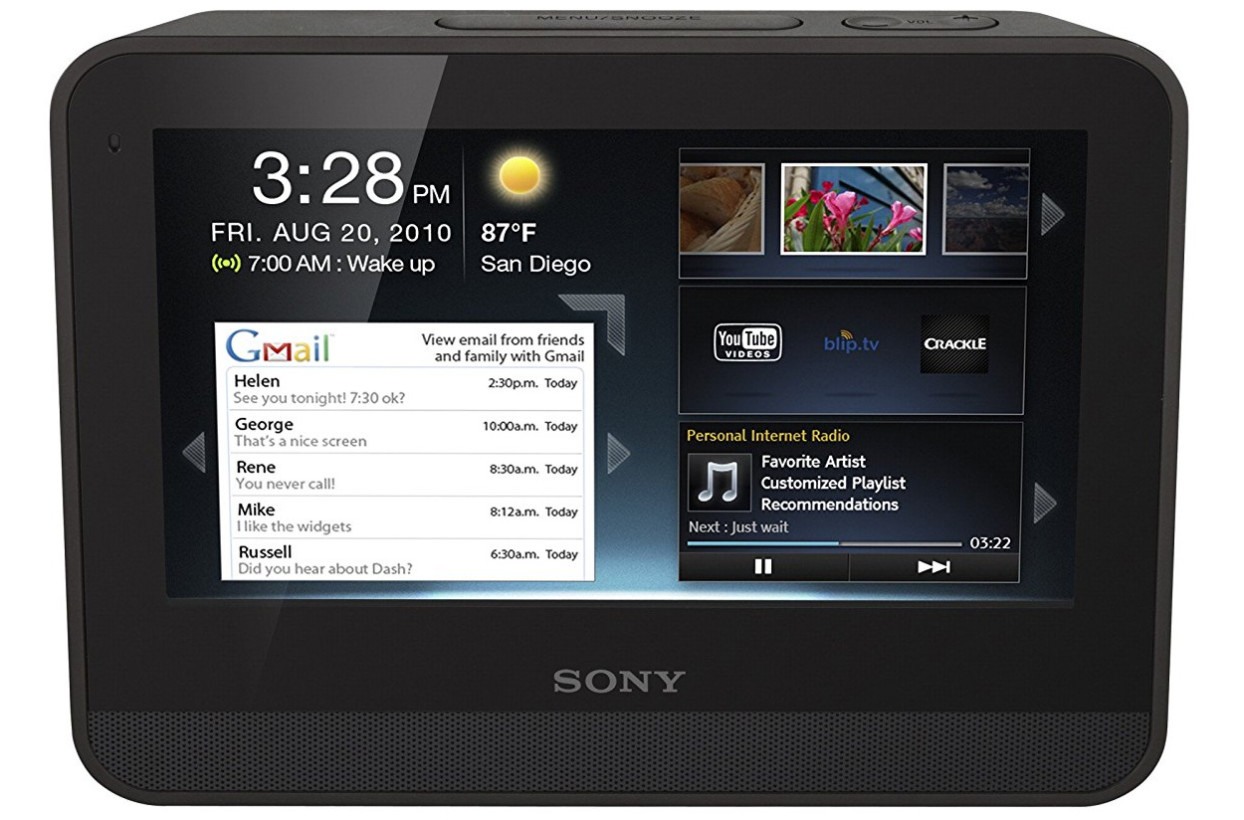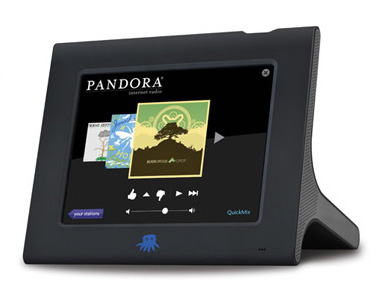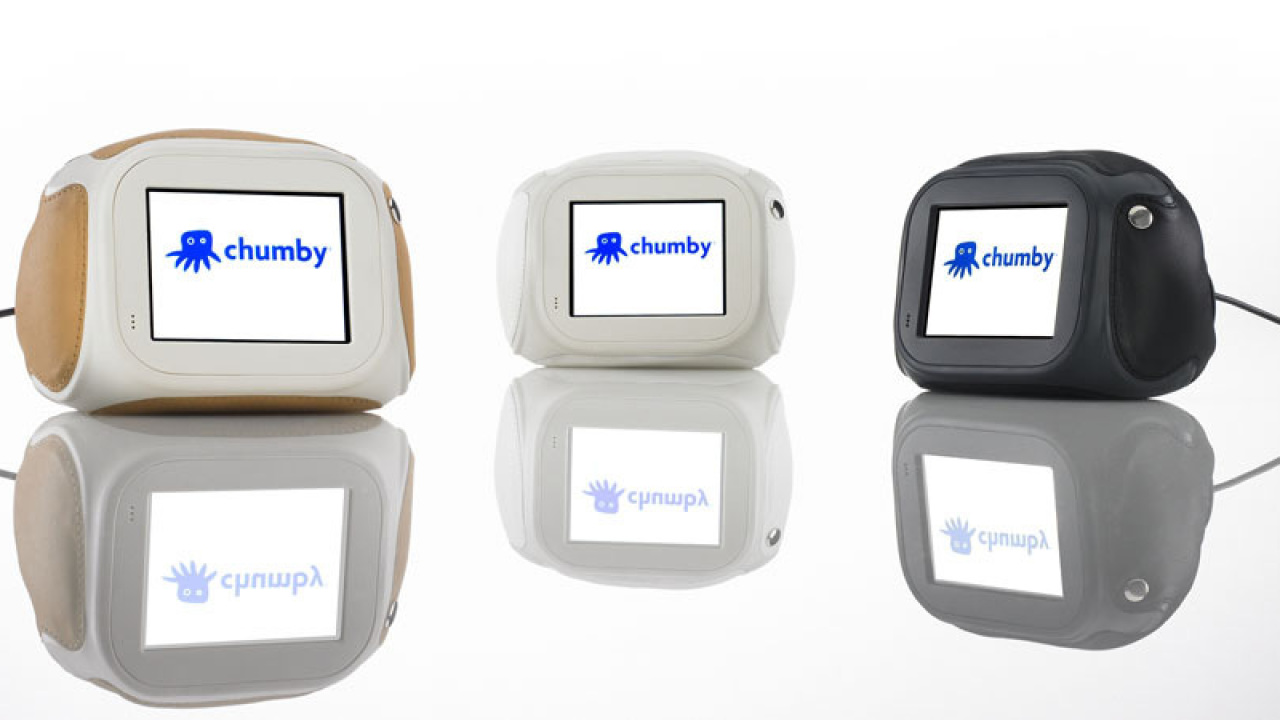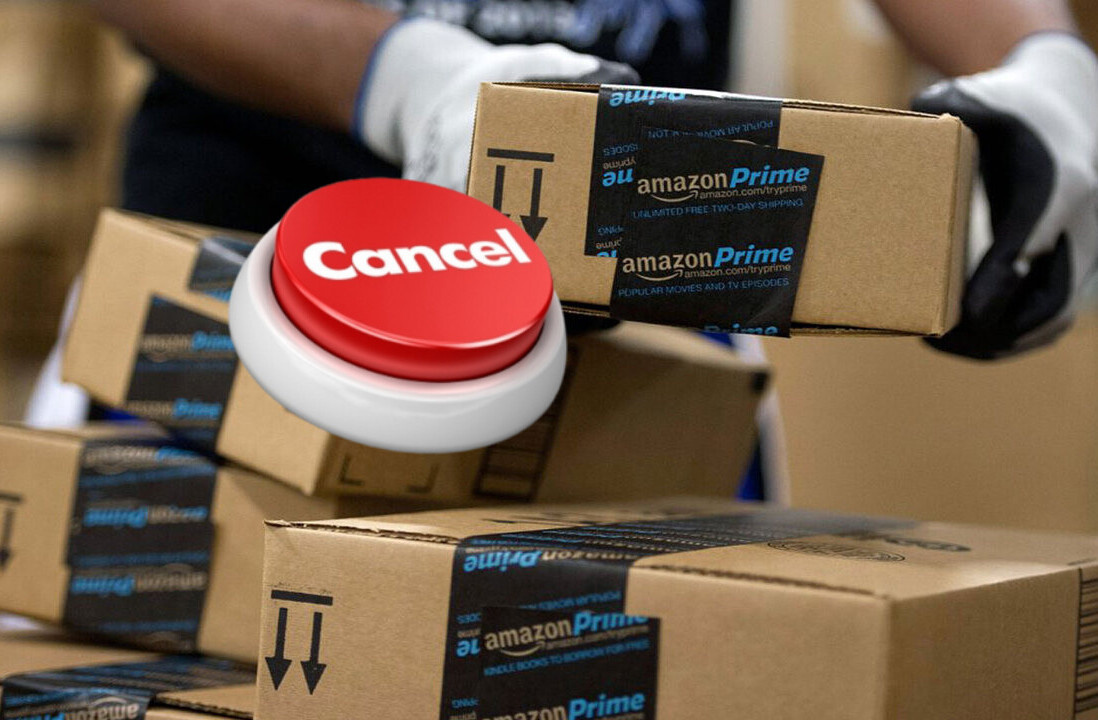Amazon is all set to begin selling its Echo Show this week: the touchscreen-equipped speaker can play music, function as an intercom, tell you about the weather, look up recipe videos and add items to your grocery list. And while it seems like an obvious addition to the company’s lineup of smart speakers, it really is an evolved version of a much-loved device from a decade ago: the Chumby.
Designed to sit on your nightstand as an alarm clock would, the original $180 Chumby that launched in 2008 featured a 3.5-inch color touchscreen, Wi-Fi connectivity, a 350MHz ARM processor, 64MB RAM and 64MB of flash memory — all housed in a cute, rounded, squeezable body.
Once you’d connected it to your home network and your computer, you could install and configure widgets for things like weather and news updates, sports scores, streaming internet radio and podcasts, displaying Facebook photo albums, playing games and video, and listing hot posts from Reddit and Twitter.
Both the hardware and the Linux-based software platform were fully open source, so you could hack the device to run practically any app that you could code for it. By the time the third iteration (the Chumby 8, named for its 8-inch display) arrived in 2011, there were about 1,300 different apps to choose from.

At the helm of the Chumby project was Andrew ‘Bunnie’ Huang, a renowned hardware hacker known for researching and drawing attention to the wonders of open source hardware.

Having earned a PhD in electrical engineering from MIT, he wrote a book on how to reverse engineer the first Xbox (and, in honor of the late hacktivist Aaron Swartz, released it for free), designed and sold a hackable PC platform, and, more recently, collaborated with whistleblower Edward Snowden on a paper describing an iPhone 6 case that could detect whether your phone is transmitting data when it’s not supposed to.
While the line of Chumby devices slowly gathered a cult following among tech enthusiasts and hackers, other companies began to see potential in the application platform. Best Buy launched two Chumby-based devices and Sony came up with its own sleek take on the concept, called the Dash.

Sadly, these efforts weren’t enough to keep Chumby Industries afloat – especially when smartphones were quickly taking over the planet. By April 2012 (around the time Android 4.1 and iOS 5 became available), the company had stopped manufacturing its devices and declared bankruptcy. CTO Duane Maxwell did all he could do to keep the spirit of Chumby alive: he bought the firm’s assets and kept Chumby’s servers running until March 2013.
The swan song for the Chumby came the following year, when Maxwell resurrected the device’s online service with a $3 monthly fee. Around that time, firmware to keep the gadget alive without relying on the cloud service also began to surface.

It was the end of an incredible journey for a small bunch of visionaries who dared to create something from scratch, and harness the power of the web and open source hardware to make people’s lives at home more enjoyable. You can still find information about the product over at the official site, snag a used Chumby for $85 over on eBay and install the most recent firmware from the forum.
But while we’ve moved on to phones, tablets and smart speakers, there’s clearly a case to be made for a device meant to be placed around the house and to be interacted with by everyone in your family.
The reviews for Amazon’s Echo Show are in, and it looks like the company got a lot of things right. While Amazon clearly deserves plenty of credit for creating an infinitely extensible assistant platform and packaging it in beautiful, approachable hardware, the overall positive response is a testament to the insightful idea that an intelligent device around the house can come in handy – an idea that the folks at Chumby pioneered so many years ago.
Get the TNW newsletter
Get the most important tech news in your inbox each week.





